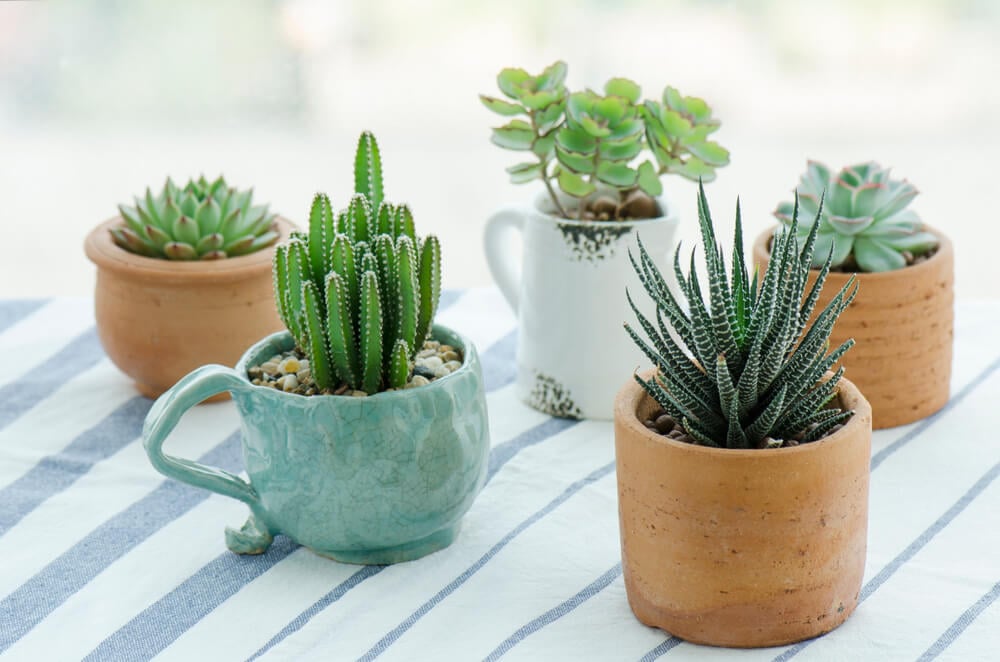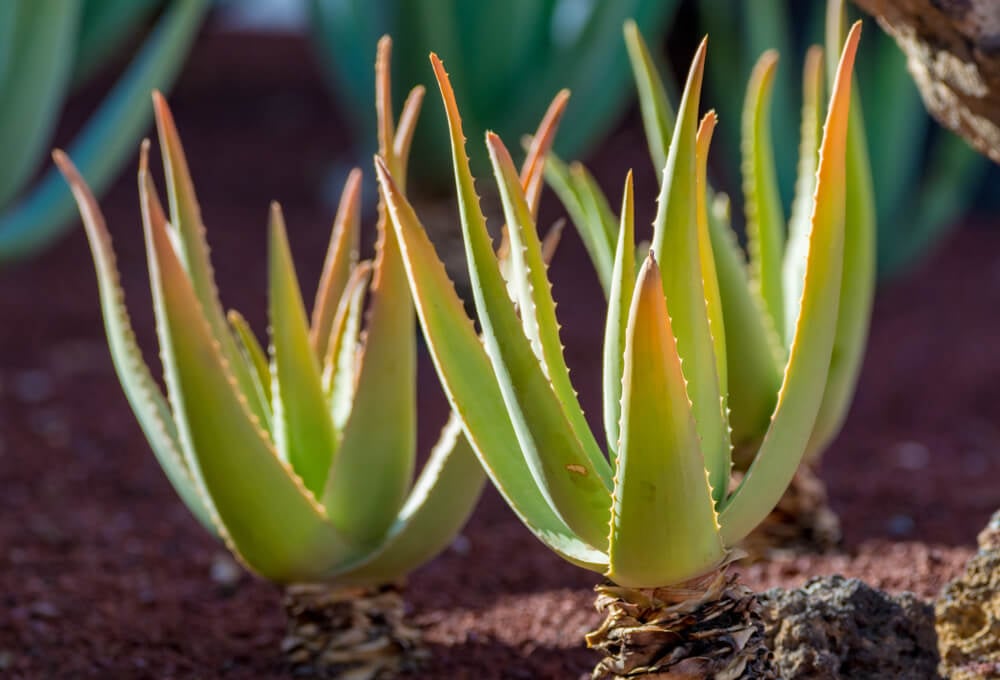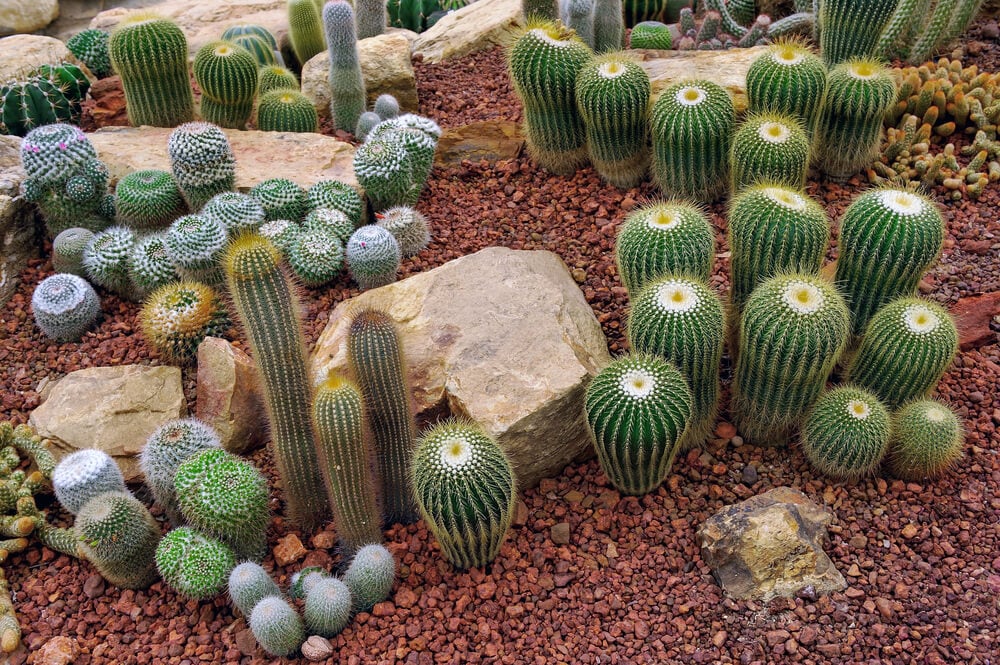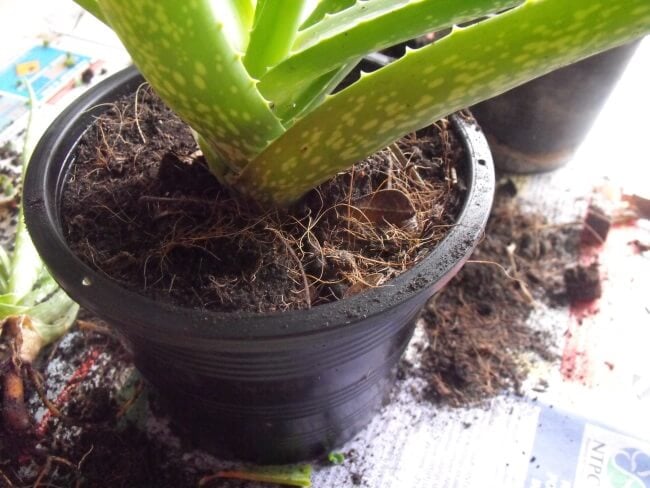Have you ever been interested in learning How to Grow Succulents?
Are you unsure where to start?
Or did you think it wasn’t possible to grow succulents where you live?
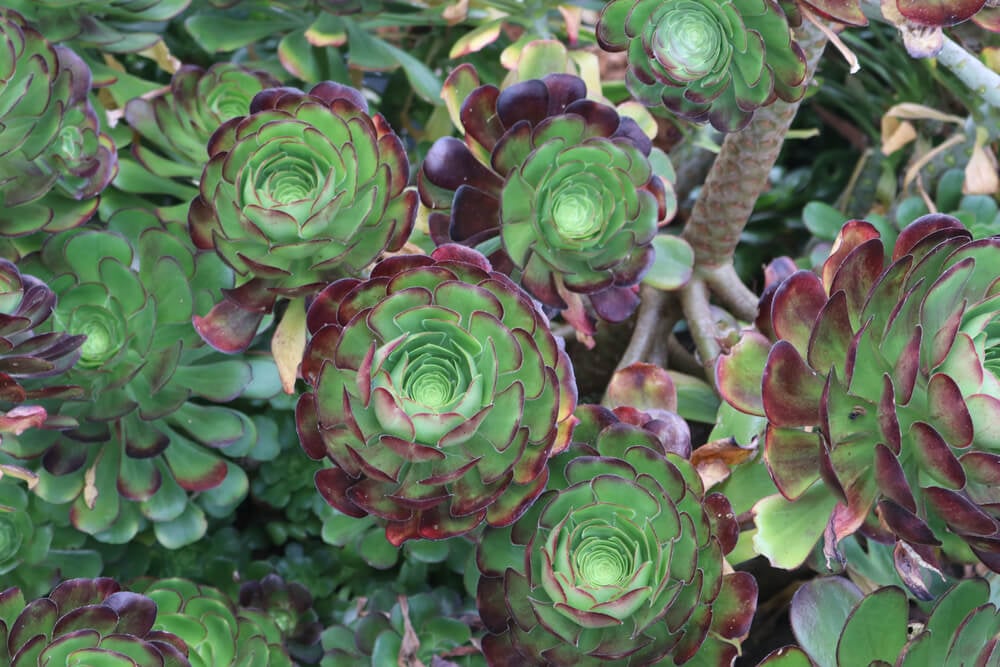
Well, I have great news!
I have created How to Grow Succulents Indoors & Outside so that you can enjoy beautiful succulents all year, no matter where you live.
And if you scroll to the bottom you will find 10 Frequently Asked Questions to help make growing Succulents easier!
[toc]
Tip #1: Choose These 4 Succulents Types

Are you interested in succulents as a houseplant? Or maybe to add color or uniqueness to your yard or garden?
Not only are Succulents a beautiful succulent to have as an indoor plant or even planted in a garden, but it has many natural uses that you can use it for.
I am recommending 4 general types of Succulents Plants when learning how to grow succulents.
These are the easiest succulents to grow and care for regardless of whether they are in a container or in your garden.
1. Cactus

Did you think Cacti only grew in the wild or in desert climates?
Would you love to grow Cacti where you live?
You can! No matter what type of gardener you are or where you live!
Cacti are easy to grow, require very little maintenance, and is the perfect plant that can be grown all year inside.
Not only this, but depending where you live cacti are a great plant to have in your yard as a border, in raised garden beds to increase the beauty, or even in your garden for its fruit!
2. Hens & Chicks

Hens & Chicks may be my favorite succulent to grow.
They are easy to plant, maintain, care, and even harvest.
If you are looking to create a beautiful garden design then you want to plant hens and chicks.
- Related: How to Grow Hens & Chicks Anywhere
These are perfect for garden pots and containers, but if you live in a warmer climate you can enjoy them all year outside!
3. Jade Plants
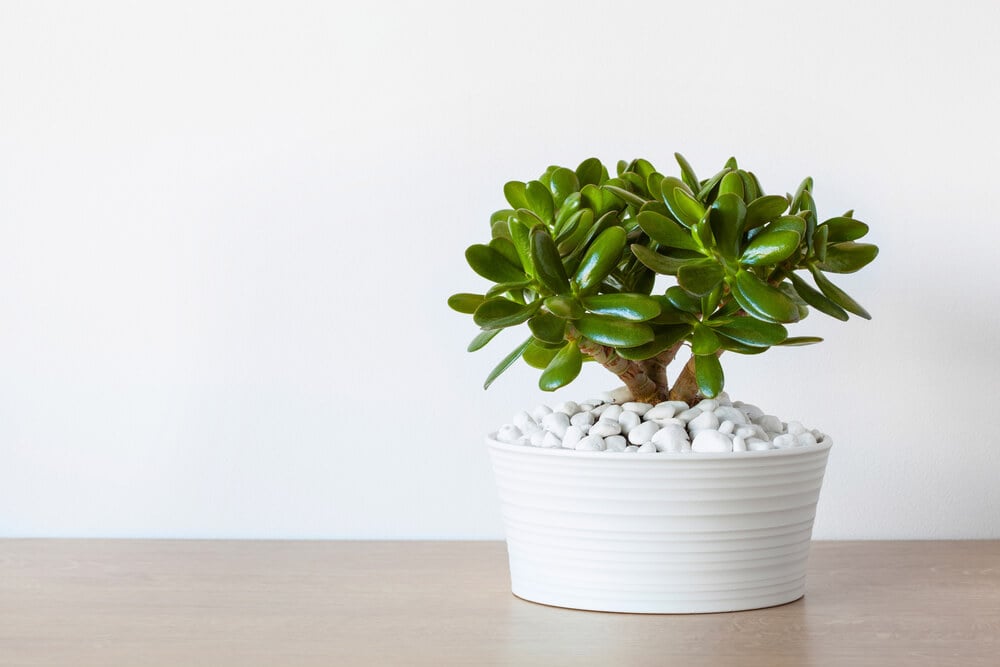
Jade Plants are considered the most beautiful succulent in the world by many gardeners.
And not only that, but it is also one of the easiest succulents to grow.
While you can grow this succulent outside, I recommend planting this in garden containers and pots.
- Related: How to Grow Jade Plants
Keep it inside by a window, on a table, or in an area that you can show off to house guests!
4. Aloe Vera

The last succulent that you should be growing on this list is aloe vera.
Aloe Vera is one of the easiest succulent to grow ANYWHERE and its healing powers are known throughout the world.
Whether you are looking to grow a succulent indoors or in a garden there are numerous varities that you can plant.
Tip #2: How to Plant Succulents Indoors
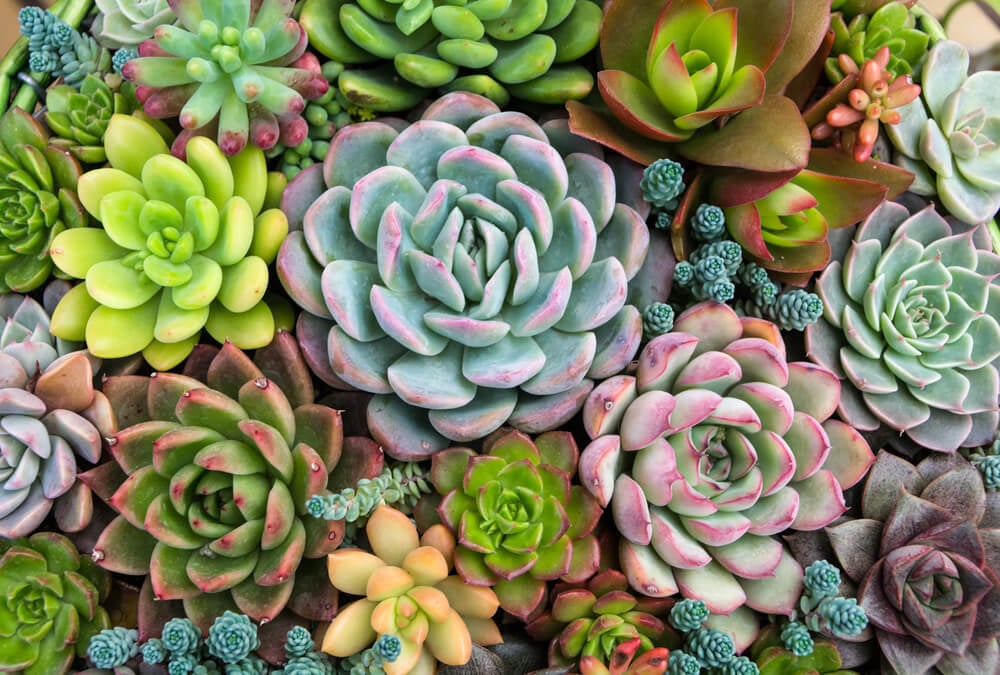
When learning how to grow succulents indoors you should follow the below basic and simple steps.
Step 1
Fill a small pot (that has a hole on the bottom for draining) about 50% full with well-draining succulent soil. The best type of soil is rich and dry.
Next, add 25% of organic compost to help encourage fast growth and potential flower blooms.
Step 2
Next, place your succulent into the pot. You will want the root ball (where the roots meet the plant) planted slightly below the top of the pot.
Cover the root ball with your soil and compost mix. Never cover the leaves or needles of your succulent.
Step 3
It is then highly recommended that you cover the dirt with small, white pebbles.
This will help minimize evaporation and will also help retain heat within your pots, which is great if you live in a colder climate.
Step 4
Wait 1 week before you water your Succulent.
Succulents do not need to be watered immediately because they keep the water supply in their leaves for long periods of time.
The reason not to water new or damaged succulent roots can cause root rot. This will stunt or destroy your plant.
Step 5
Succulent prefers at least 8 – 10 hours of sunlight to grow best.
In order to do this you should place it in front of a window that is facing west or south if you live in the northern hemisphere or west or north if you live in the southern hemisphere.
If you do not believe you will get enough sunlight or heat through your window then you will want to purchase a grow light and a heat mat.
If your leaves begin to turn brown they may be getting too much sunlight and you will want to place your plant in the shade towards the evening hours.
Step 6
Most Succulent Plants do not require fertilizing to grow.
If you do decide to fertilize, it is best to do so in late spring right before the growing season begins.
Step 7
If you notice that your succulent begins growing leaves along with the soil up against the container edges then it is time to transplant your plant.
It is recommended that you move your succulent plant to a container that is twice the size of your current pot.
Tip #3: How to Grow Succulents in a Garden
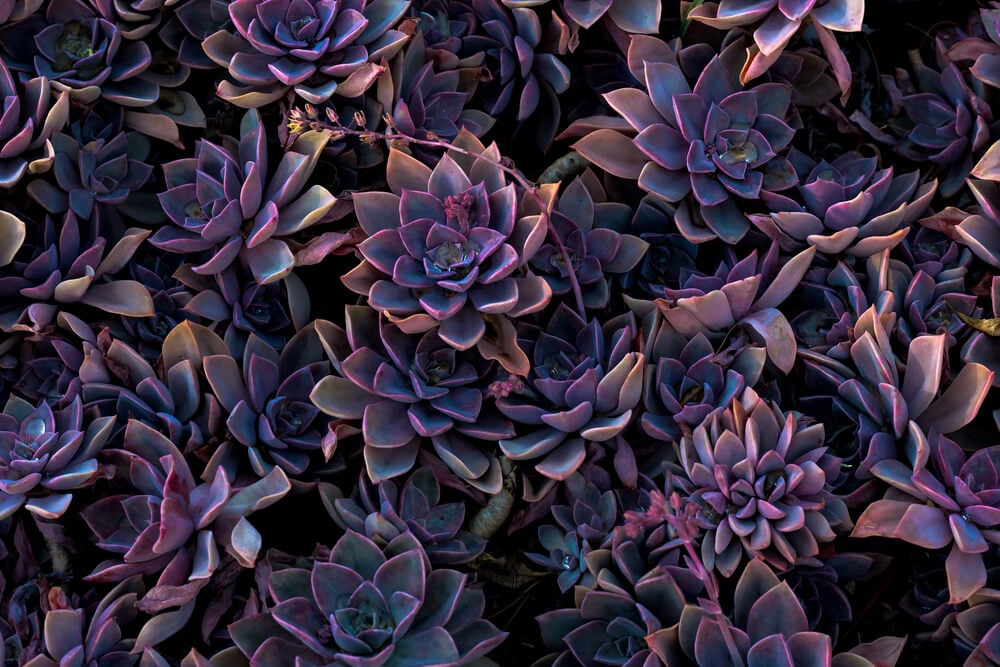
When learning how to grow succulents in a garden you should follow the below basic and simple steps.
Step 1
If you would like to keep your succulent in a garden all year then you need to live in USDA hardiness zones 9 – 11.
If you live outside of these zones there is a chance cold weather will kill your succulent.
Also, you should make sure you plant your succulent in a garden that will be kept at temperatures above 25 degrees Fahrenheit in the winter.
Raised Garden Beds tend to keep your succulent warmer in the winter than traditional gardens.
- Related: Best Raised Garden Beds
In addition, you should plant your succulent in an area of your garden that will get 8 – 10 hours of direct sunlight.
Step 2
Next, plant your succulent in your garden or in a spot in your yard that has well-draining soil. And it is recommended to mix compost into your soil when planting your succulent.
Dig a hole that is twice the size of your root ball (where the roots meet the plant).
Cover the root ball with your soil and compost mix. Never cover the leaves of your succulent.
Step 3
It is then highly recommended that you cover the dirt with small, white pebbles.
This will help minimize evaporation and will also help retain heat within your pots, which is great if you live in a colder climate.
Step 4
Wait 1 week before you water your Succulent.
Succulent does not need to be watered immediately because they keep the water supply in their leaves for long periods of time.
The reason not to water new or damaged succulent roots can cause root rot. This will stunt or destroy your plant.
In the summer you will want to water your succulent once a week. When your plant goes dormant in the winter you will want to water it once a month.
Step 5
Most Succulent Plants do not require fertilizing to grow.
If you do decide to fertilize, it is best to do so in late spring right before the growing season begins.
10 Frequently Asked Questions
#1. How do I Propagate New Plants from my Adult Succulent?
Propagating succulents can be easy and quick if you follow simple steps.
Depending on the type of succulent you will be propagating it can be as simple as dividing your succulent or it may take a little more work to remove pups and new growth.
Below, is a great tutorial on how to propagate succulents.
#2. How do I Care for my Succulent?
In order to have the best success in growing Succulents, there are several care tips you should take advantage of.
These include:
1. Fertilize once a year. You should fertilize your succulent in late spring or early summer before your succulent begins growing again.
2. Remove weeds as they grow in your pots or around your Succulent. Because Succulent is planted in loose soil gently pull weeds out in order to minimize the disturbance to your plant.
3. If your Succulent leaves are low to the ground or look flat then you need to increase the amount of sunlight to it.
4. If your leaves are brown then it may mean your plant is receiving too much sunlight. Move it or transplant it to a less sunny area.
5. If your leaves are thin and curled then you need to water one more time a week than you are doing now.
6. If your leaves turn yellow or if they begin falling apart then you have watered too much and should reduce how often you water by 50%.
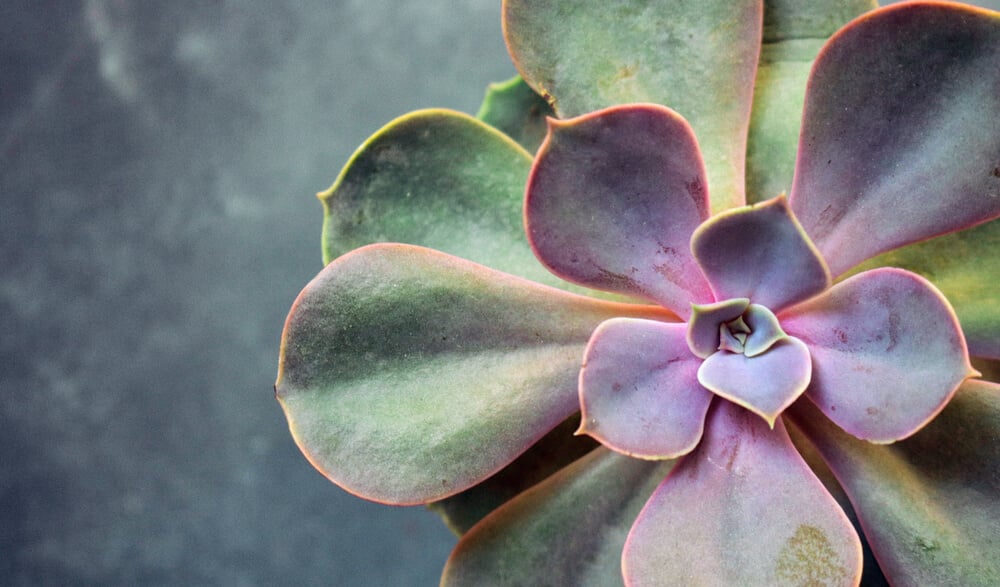
#3. How do I Prune my Succulent plant?
Pruning a Succulent plant can be easy if you follow the few simple steps below:
1. Use a sterilized kitchen knife or scissors.
2. Carefully cut the dead or diseased flowers. You will want to make the cut where the flower connects to the stem of the succulent.
3. Cut the new pups or growth that is in the soil, but away from the succulent.
4. Remove all old stems or old blossoms where the stems meet the plant.
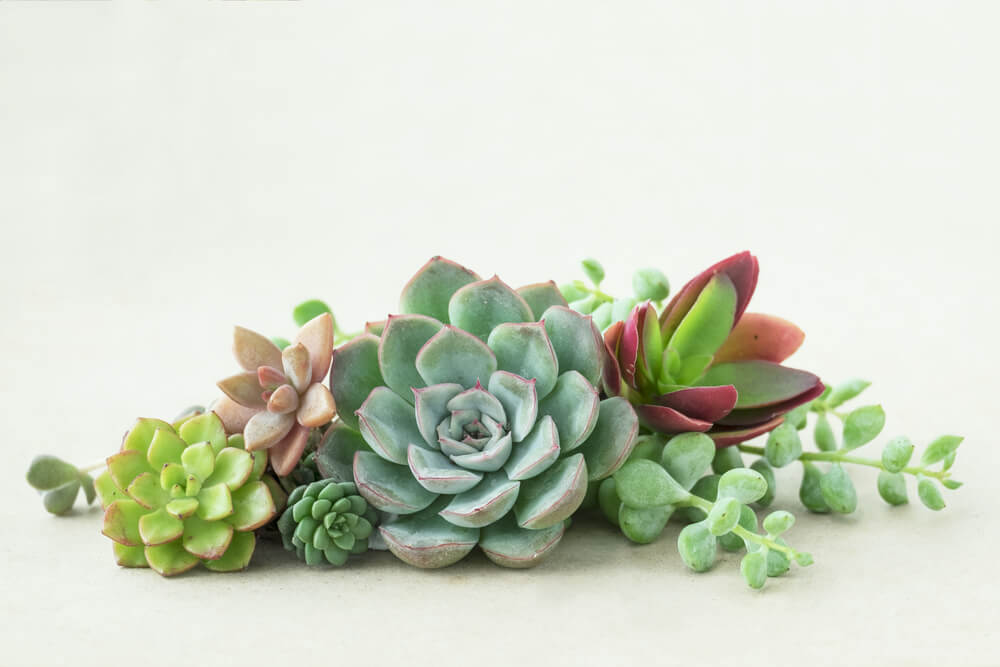
#4. How do I Use Succulent?
There are many uses of Succulents. Some of the uses of succulent include:
– Aloe Vera – Burn healer, great for oral health, help increase immune system, good for diaper rash and muscle pain, and can be used for weight loss.
– Prickly Pear – Can be eaten, used in jams and syrups, used in alcohol, helps with cholesterol, and helps fight viral infections.
– Nopal Succulent – Great for fighting viruses, helps protect nerve cells, helps build the immune system, helps regulate blood sugar, and helps cholesterol.

#5. What Supplies are Needed to Grow Succulent?
Below, is a list of the proper tools you need to effectively grow succulent:
– Garden Container
– Succlent Plant
– Well – Draining Soil
– Organic Compost
– Fertilizer
– Watering Can
– Hand Shovel
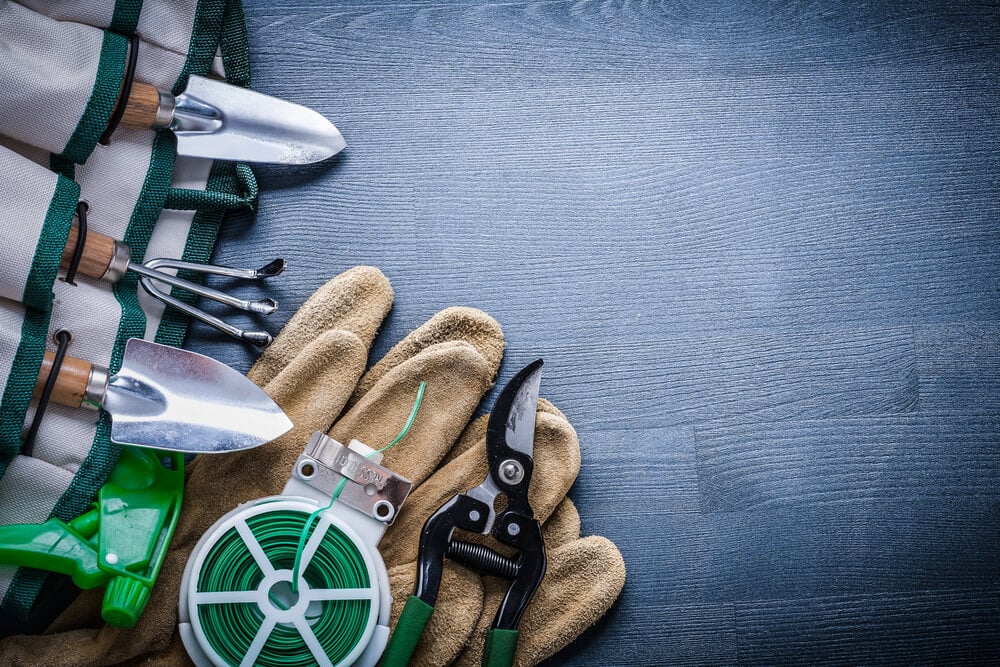
#6. How do I Get My Succulent Plant to Flower?
When Succulent flowers bloom it’s beautiful. Unfortunately due to the heat, water, and lighting requirements, indoor succulent will not bloom.
For outdoor succulents to bloom you will want to keep your plant in as much sunlight for as long as you can during the spring and summer.
Not only this, but your succulents need to be kept in temperatures that will not get lower than 60 degrees Fahrenheit at night during the spring and summer.
Make sure you give your succulent plant time to go dormant. This will allow your succulent the best chance to bloom in late winter and early spring.
Finally, make sure your plant is getting enough water. This should be enough to prevent your succulent from drying out, but not enough that the soil is always damp.
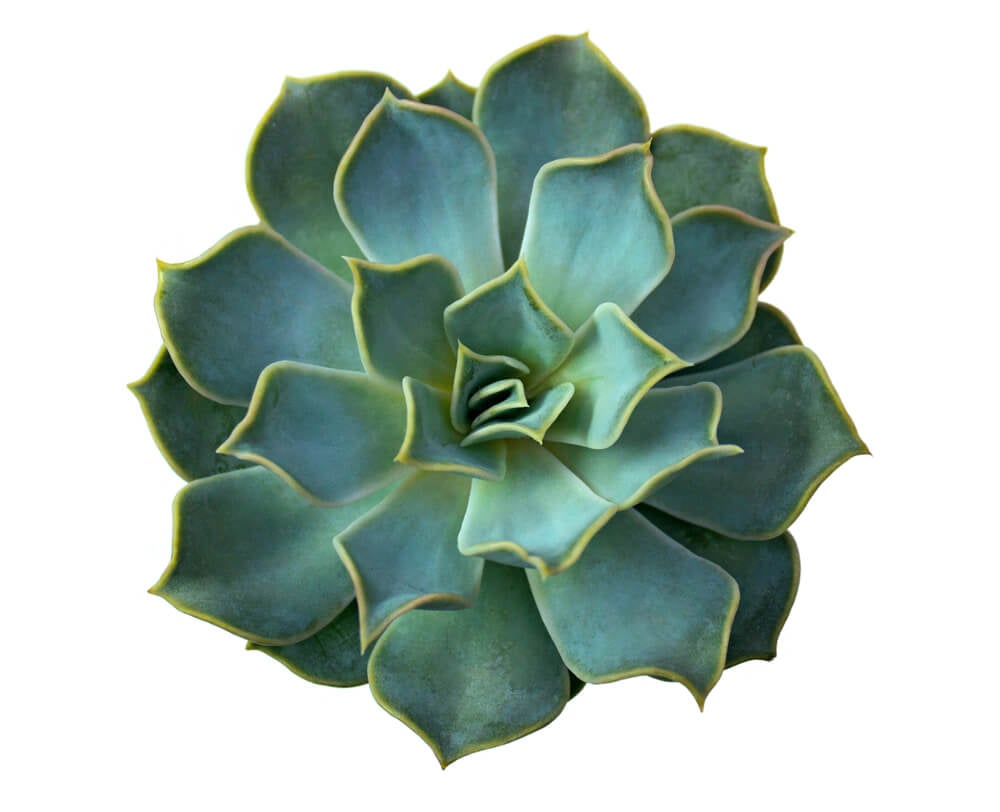
#7. What are Common Pests to Succulent?
Succulents are susceptible to the usual indoor pests like mealybugs and the outdoor pests like spider mites and aphids.
To prevent common pests from attacking your plant make sure not to overwater it. In addition, you will want to spray it with Sevin insecticide. This will help encourage your plant to stay healthy.
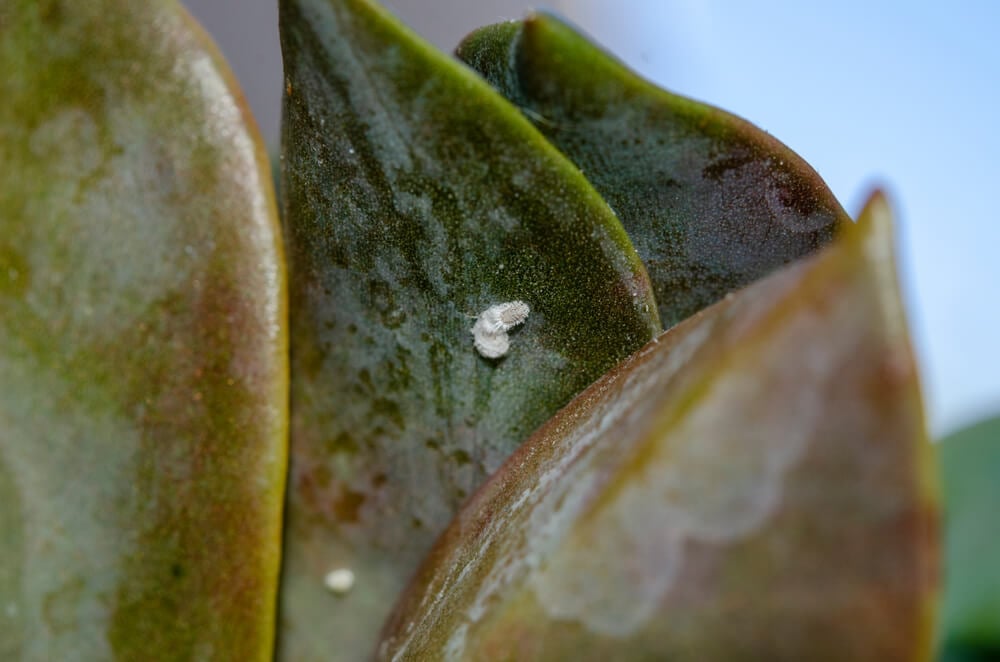
#8. What are Common Diseases to Succulent?
Succulents are susceptible to root rot, soft rot, fungal stem rot, and leaf rot.
In order to prevent these diseases, you should not overwater your plant. Also, do not water the leaves of your plant.

#9. How do I Harvest Succulents?
It is quite easy to harvest succulents.
- First, locate the flower or fruit
- Next, cut the flower or fruit where it meets the succulent (you may need to torch it first)
- Eat raw, use it for medicinal purposes, or store it.
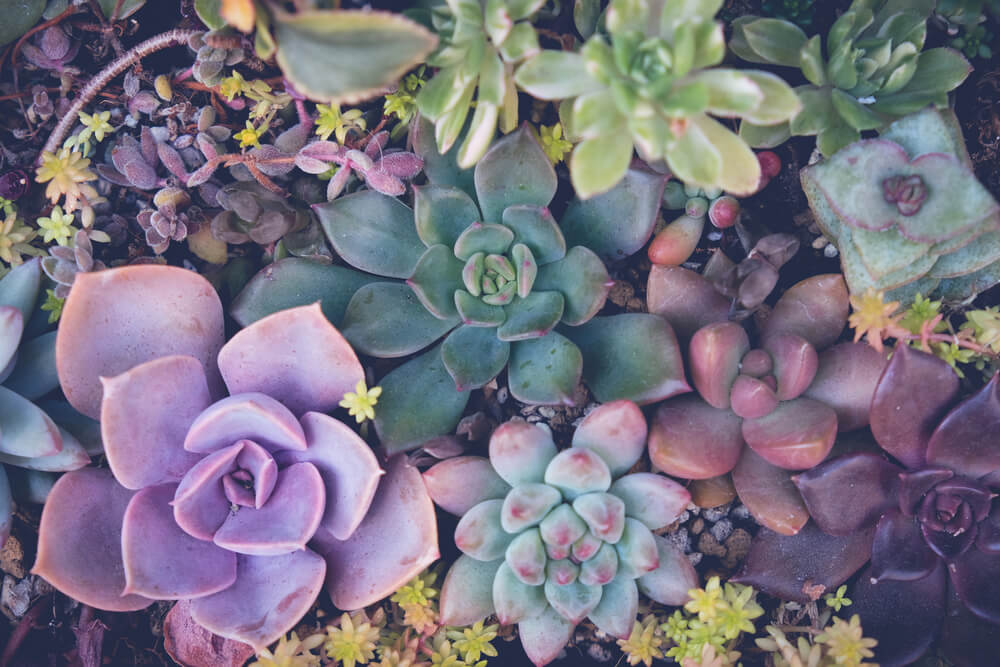
#10. How do I Store Succulents?
You can store Succulents one of three ways:
1. You can wrap the entire Succulent leaf, flower, or fruit in plastic wrap and place it in the refrigerator. The succulent will last 4-5 days this way.
2. You can place the entire Succulent leaf, flower, or fruit in a freezer bag and place it in the freezer. The succulent will last 6-8 months this way.
3. You can leave your Succulent in a plastic bag at room temperature. The succulent will last 3-4 hours this way.
